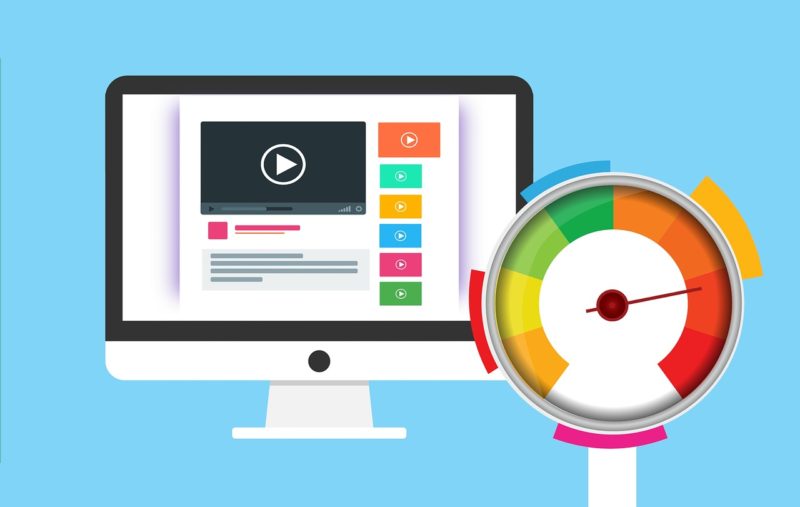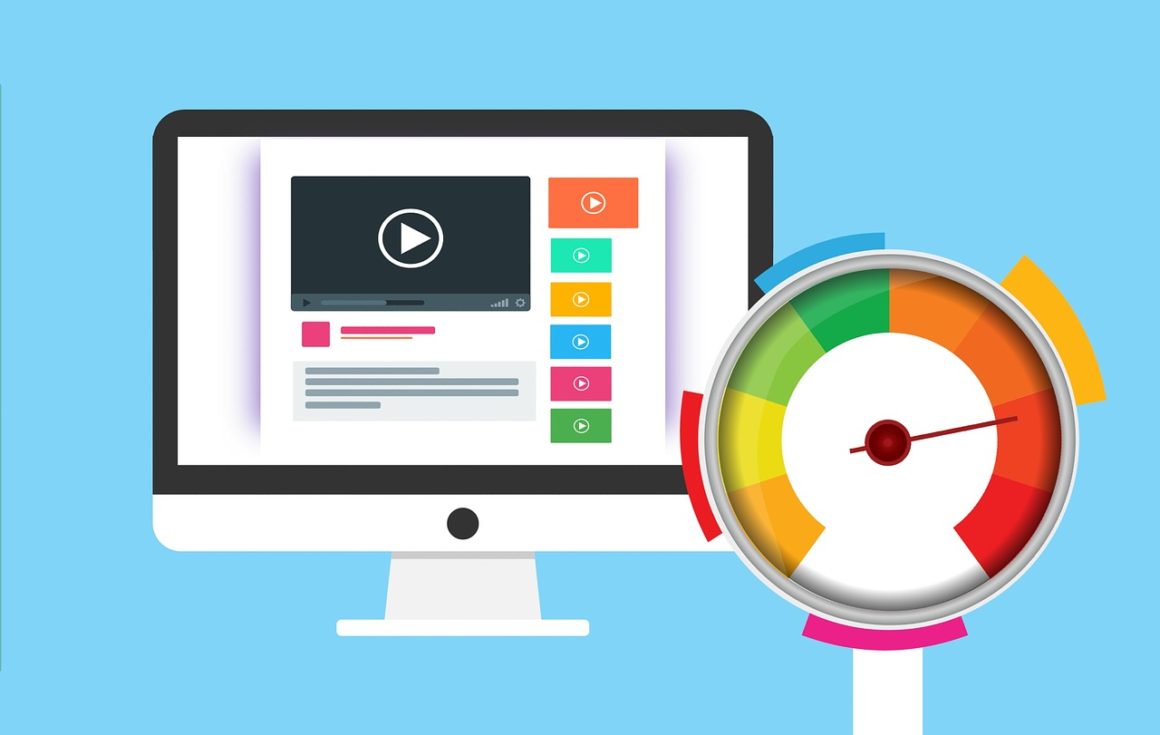Speeding up your website is an essential step that helps you get more engagements on your website. Let’s learn how to increase the speed of your website.
When your website speed is fast, the visitor will be happy and come back again. Speeding up a website will also help your SEO result. Do you think that 1 second is not important enough? Think again. Here are the statistics that will clarify how important 1 second is in the world of the internet.
1-second slower in page load will yields :
- 11% fewer page views.
- 16% decrease in user experience and satisfaction.
- 7% loss in conversions.
Amazon proved this with the report of a 1% increase in revenue for only every 100 milliseconds in page load. You can see now how important the speed is?

How to Increase the Speed of Your Website
Speeding up a website is not easy as anyone has ever thought. It contains many steps and needs you to do a lot of stuff before getting the fruit. Just a few milliseconds make a big difference in SEO. Today I will give you some tips that may help you cut off your website speed and enjoy the profit boost. In this tutorial, I use WordPress as a platform.
#1. Choose a good hosting provider
Every hosting provider has a plan for you to choose from. Based on the hosting plan details, you should compare them to choose the right plan. But before choosing a provider, you should also read some reviews online about that provider. Someone will share their experience with speed, uptime, and many other details. The provider datacenter’s location is also an important factor. If you want to focus on the visitor in the US, you should choose the US hosting provider. You should consider hostings like SiteGround, A2Hosting, InMotion Hosting, Cloudways, Digital Ocean and DreamHost.
#2. Reduce the DNS Lookup Time
DNS stands for “Domain name system”. Each domain (example.com) is mapped to an IP address of the server to be found. It’s an easy-to-remember alias of the IP address.
You can use the Cloudflare service. It’s a free service for personal use and will help you increase your DNS speed dramatically. Also on your website, you shouldn’t include static files from other domains or subdomains, it will cause the browser to lookup for that domain again. I will give you some details on how to use Cloudflare service in another tutorial.
#3. Reduce the server response time
Your target of server response time is about 200ms. Google suggests webmaster use web application monitor solution and check for the bottleneck of the performance. Singlehop published a report “Critical Ecommerce Infrastructure Needs” to point out nine things you need to focus to keep your site performing well.
Check some other tools like GTmatrix or Google PageSpeed Tool to check for errors and impacts.
#4. Enable Gzip Compression
Large pages are often over 100kB and more. As a result, they are slow to download. The best way to reduce load time is to compress it. It is called “GZip Compression”. GZip will help you reduce the size of your pages, thereby reducing the HTTP response time. Most of the servers enabled GZip compression. Please check the setting of your server, if it’s not enabled then enable it to reduce the download time up to 70% (According to Yahoo).
Today, 90% of browsers supported GZIP so it’s a great way to speed up your website. I will give you some details on how to enable GZIP in your web-server in the next posts. Use this plugin for Gzip Compression in WordPress.
#5. Enable Browser Caching
The first time you visit a website, all the assets(HTML, javascript, stylesheets, images) will be downloaded and saved in your hard disk as a cache. The next time you come back, it will take everything from the cache without having to send HTTP requests to the server. The advantage of this is you can save a matter of seconds of loading time. For all cacheable assets, you can set the expired header to one week to keep it synchronized with the newest data. Use this plugin to leverage browser caching in WordPress.
#6. Minify Resources
Minifying HTML codes, javascript codes and stylesheets is a good choice you should consider because it will reduce about 30% of loading time. The WYSIWYG editor is a great tool to make a great website but what it creates is a mess if you don’t know how to tidy it up. Since every single unnecessary code adds to the size of your page. It’s important that you eliminate the white space, carriage return, line breaks, indentations. In WordPress, there are many plugins for minification that help you with this job.
#7. Optimize Images
A large percentage of bandwidth usage — especially for eCommerce sites — comes from images. As such, image size is an important component of a site’s speed. So if you would like to keep the visitor, you must optimize images. There are many ways you can reduce the size of images. With WordPress, you can find some plugins that will remove unnecessary data in images such as Smush, EWWW Image Optimizer, … Or you can make it easier by using third-party services like tinyjpg.com. I’m sure that you will be satisfied with the reduction of 30-80% size of the image.
Increase the speed of your website is the hardest step but you will be excited about the result. You could also use Autopitimize WordPress Plugin to increase the speed of your website significantly. I’ll update more tips on improving site speed and just keep following this post to get the most valuable tips.

